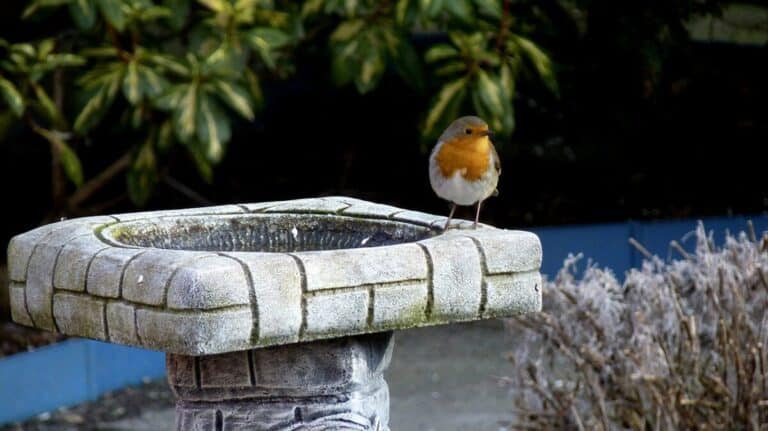How Do Birds Mate? (A Biologist Explains the Science!)
We’re reader-supported; we may earn a commission from links in this article.
Chances are, you’ve thought to yourself: “I know that birds lay eggs, but how do birds mate?”
I was equally as curious as you, to be honest.
I found very little information about it online, so I did my own research as a biologist and found some answers.
Here’s what I found:
Most mating birds mate in a process known as the cloacal kiss. During sexual intercourse, a male bird will attempt to mount the female on her back as the female bends forward and lifts her tail feathers to one side. The cloacal kiss happens when the male cloaca and female cloaca meet with a transient touch.
Sounds interesting? I’ve actually written lots of surprising facts you didn’t know about bird reproduction that you won’t regret reading.
Read on to find out more!
How Do Birds Mate?

So you know that most birds mate using a process known as the cloacal kissing. But what does that all mean? Here’s where I come in and explain everything!
Did you know: The act of sexual intercourse in birds is quite different from human sexual intercourse?
Yes, it’s true! Unlike mammals, male birds do not have penises male humans do.
What a minute, how do most birds mate without a penis?
Instead, they have an opening known as the cloaca that will come in contact with the female cloaca to transfer their sperm to the female bird.
No, fertilization does not make birds pregnant – and that’s because birds are an egg-laying animal that are unlike other animals.
This process is not only applicable to wild birds – most domesticated birds and pet birds also follow this process.
Okay, enough words. Here’s a video showing the entire process. It’s really quick so don’t miss it!
The Clocal Kiss
Birds engage in coitus with a technique known as the ‘cloacal kiss‘. This is how the procedure works in most birds:
- First, male birds would perform their mating display or courtship ritual.
- Then the female will give some form of indication to the male, and stoop a little lower for the male to mount.
- After receiving the cue, the male perches on the female.
- Next, he will slowly lower his body and use his tail to sweep or brush aside the tail feathers of the female bird. The female bird responds by lifting up her tail.
- Eventually, the cloaca of the male bird will meet the cloaca of the female in the phenomenon known as the ‘cloacal kiss’.
- The sperm from the male cloaca will be transferred to the female cloaca and go into the oviduct where her eggs will be fertilized
- Hooray! The birds have successfully mated!
- The female will then lay eggs that are fertilized, which will hatch into a baby bird.
Note that young birds do not have the reproductive organ maturity to copulate with other birds of the opposite gender.
Birds can also lay eggs that are not fertilized if the male does not fertilize them.
Video Demonstration of the Cloacal Kiss in Birds:
Now, here’s a fun fact:
During the breeding season, hormonal changes in both male birds and female birds can actually cause their reproductive organs to increase in size and efficiency!
For example, male birds have testes that can swell to more than 1000x their usual size, and female ovaries and oviduct expand in size in preparation for egg fertilization and laying eggs.
Did you also know that birds of paradise are known for their unique methods to attract mates? Read more in the full guide on how birds mate here.
How Do Birds Mate? The COMPLETE Starter Guide!
Written by Justin in Bird Facts,Birding
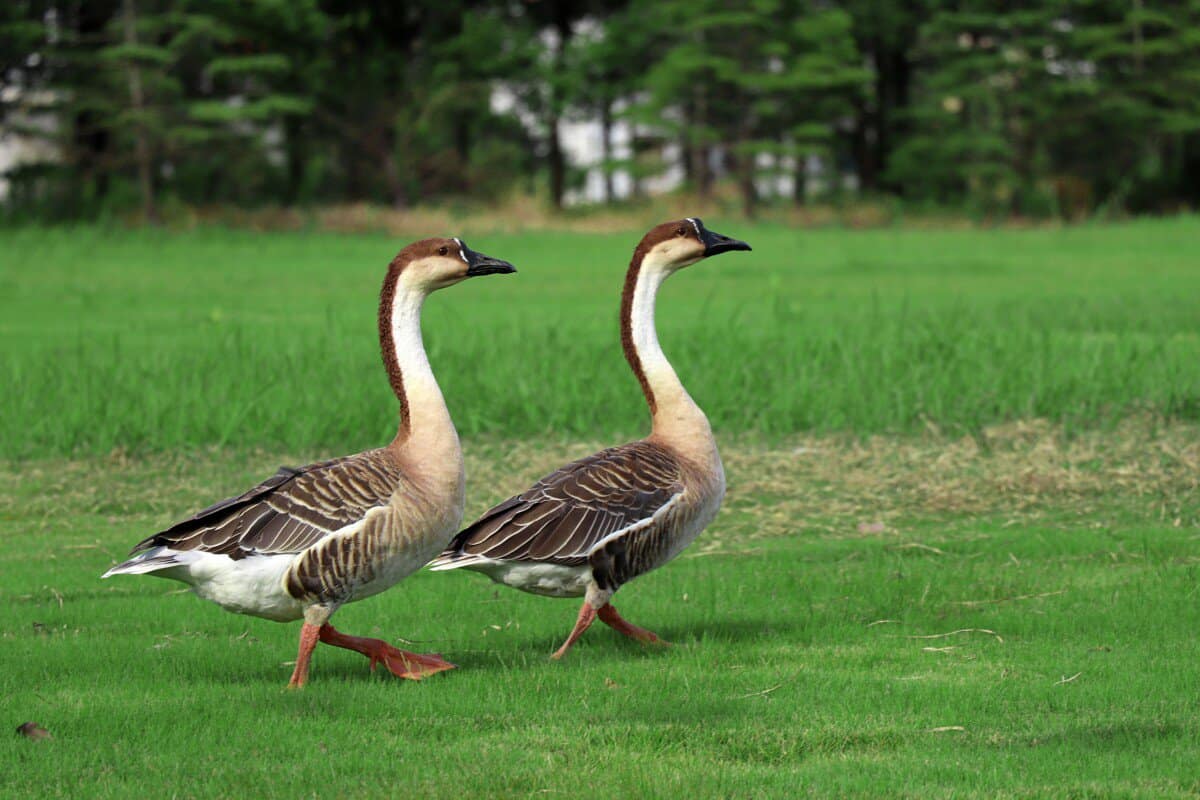
Chances are, you’ve thought to yourself: “How do birds mate?” I was equally as curious as you, to be honest. I found very little information about it online, so I did my own research and found some answers. Here’s what I found:
Most birds mate in a process known as the cloacal kiss. During sexual intercourse, a male bird will attempt to mount the female on her back as the female bends forward and lifts her tail to one side. The cloacal kiss happens when the male cloaca and female cloaca meet with a transient touch.
Sounds interesting?
I’ve actually written lots of surprising facts you didn’t know about bird reproduction that you won’t regret reading.
Read on to find out more!
Birds Mate In These 10 Main Ways:
- Life Cycle of Birds
- Breeding Systems
- Bird Reproductive Triggers
- Bird Reproductive Systems
- Courtship Displays
- Mating Behavior
- Nesting
- Hatchlings
- Fledglings
- Adulthood
Are you ready to dive into the complex world of bird reproduction? Yes? Then let’s go!
1. Life Cycle Of Birds
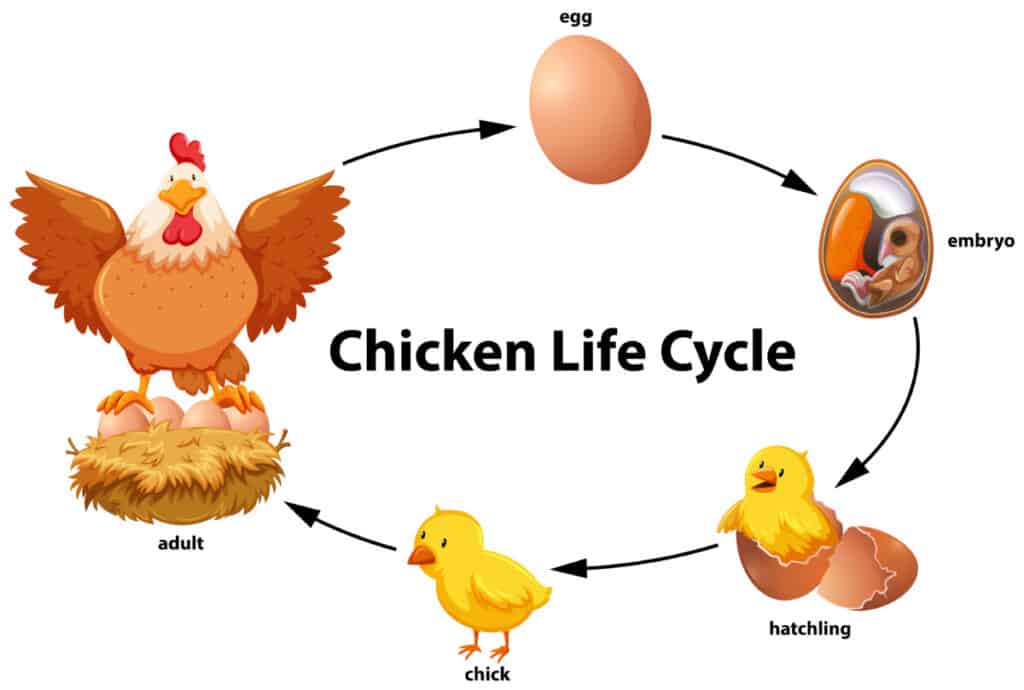
Before we dive right into the details of bird reproduction, we first need to understand the core of reproduction: its life cycle!
Look at the image above; that’s the life cycle of a chicken.
I’m sure you’ve probably heard of or at least seen the life cycles of animals right?
Simply put for anyone to understand, a life cycle is a cycle in which animals go through throughout their lifetime, that repeats down the generations of their young.
Reproduction occurs when two physically mature birds, one male, and one female, work in cohesion to produce offspring in the form of eggs.
Some people refer to this as mating.
After incubation, the fertilized eggs will develop into embryos and hatch as hatchlings.
After the bird emerges from the shell and can move freely, it will become a chick. Although in the example above, I only showed you the chicken life cycle, this also applies to all birds!
2. What Triggers Birds To Reproduce?

Now, I’m sure you’re itching to dive right into the nitty-gritty details of bird reproduction and their interesting mating rituals right?
Before that, you’d also be surprised to learn of the different triggers that cause birds to reproduce.
Birds DO NOT mate for pleasure, and purely for procreation and passing down their genes to their young. Typically, the mating seasons follow an annual cycle starting in the springtime.
Here are some triggers:
(a) Breeding/bird mating season
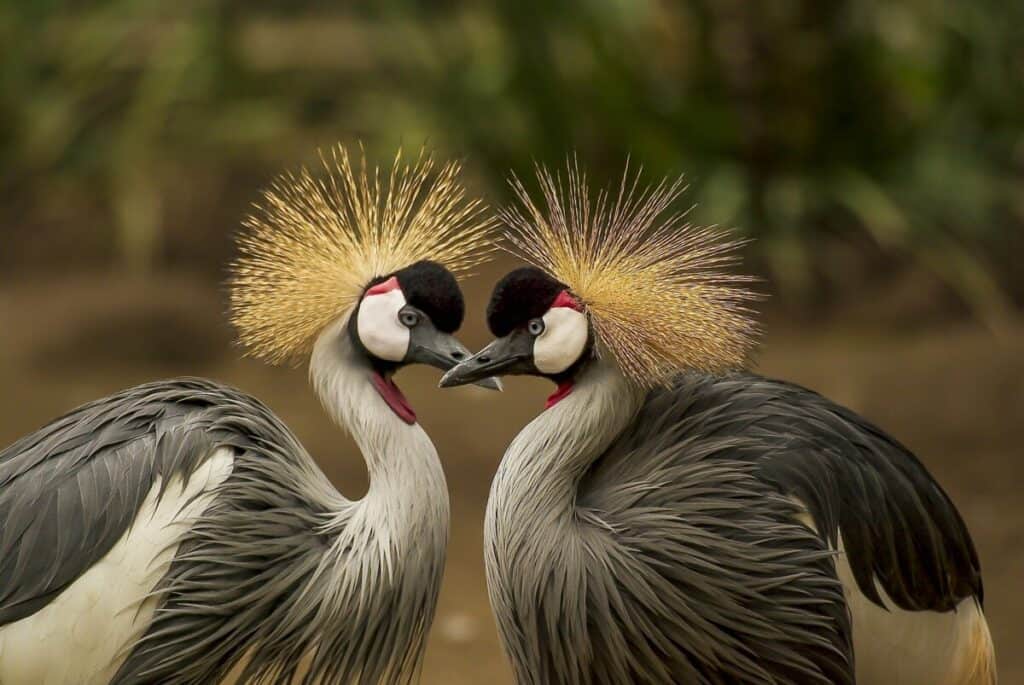
Birds start mating during the breeding/bird mating season. This breeding season happens during spring when there are lots of food sources and melting snow which favor mating rituals.
This is a particular time frame in which birders like us can typically see more nesting birds in both our backyard but also in nests in trees.
Birders can begin to observe birds with much brighter and more colorful nuptial plumage due to changes in the birds’ hormones when they return (Northern hemisphere) after the wintering period.
Hormonal changes not only change the nuptial plumage of birds but also increase their courtship behavior, such as bird songs to attract mates and mating rituals.
I will be discussing more of this later on in the article, so bear with me!
(b) Increasing day length in late winter
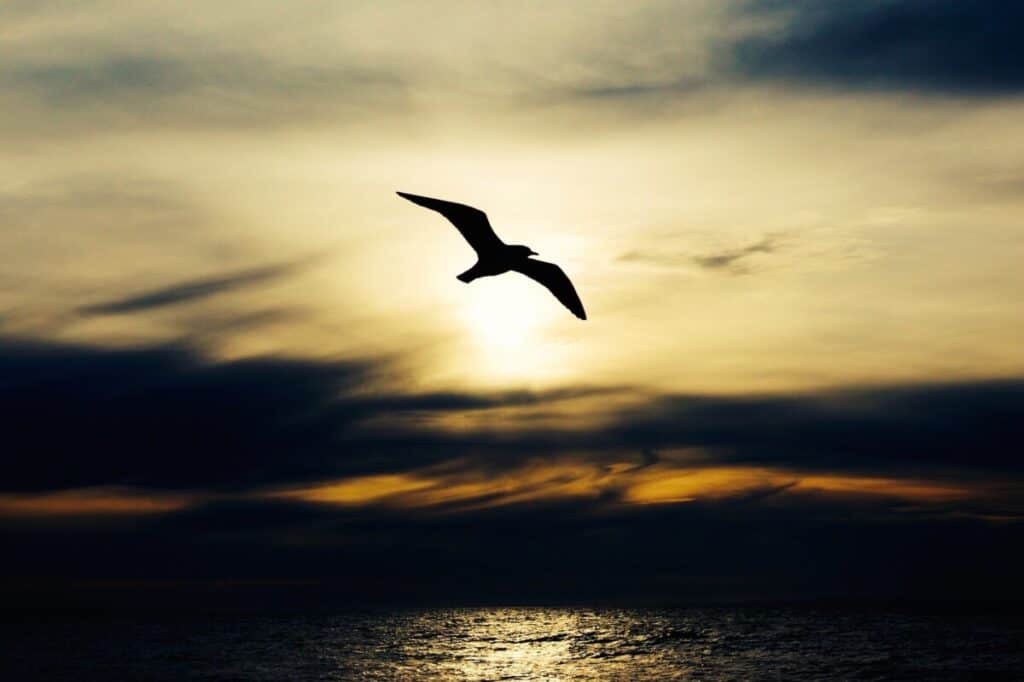
Birds also can sense the increasing day length from late winter into spring. This is also one of the indicators for birds to start thinking about mating.
Scientists have recently found that day length affects the secretion of certain hormones in a bird’s body, which affect the size of their sexual organs, which help in reproduction.
They did a controlled experiment where they exposed male starlings to varying levels of photoperiods (periods exposed to light) from the winter solstice.
They found that their sexual organ growth was directly proportional to the photoperiod! [1]

Thus, with more chances of reproductive success from increased testicular growth rate, birds mate and lay eggs more often as the day lengthens after winter!
(c) Food and Water
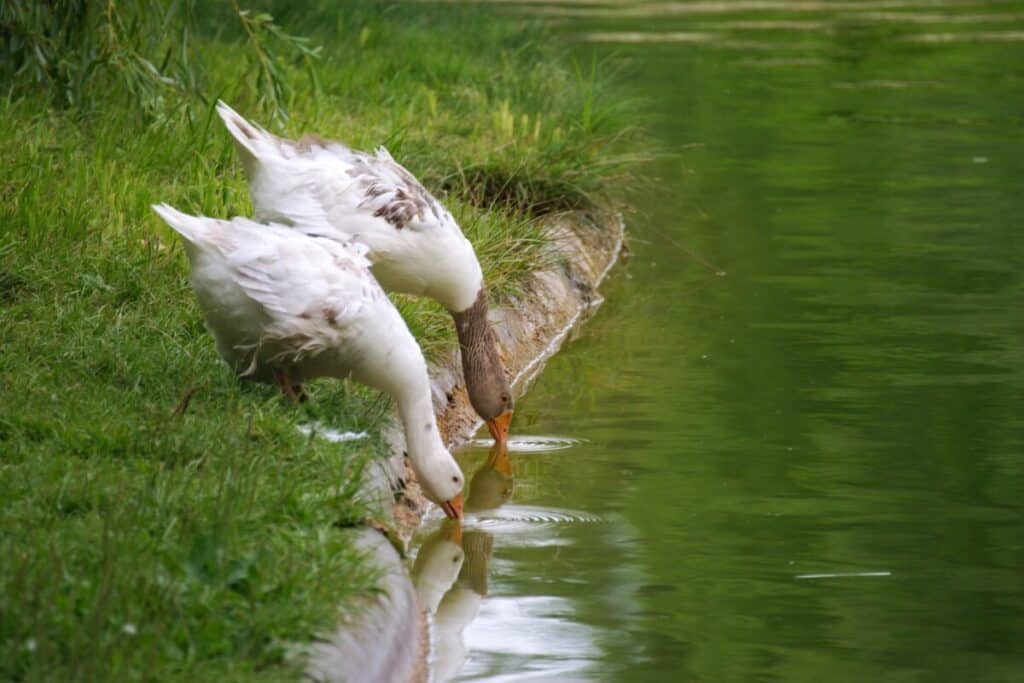
When winter changes into spring, most of the ice starts to melt off.
When the ice melts, bugs once hidden in the ground covered in snow are now revealed fully to birds that forage the forest floor.
In addition, when the ice melts, water bodies slowly change from ice into water, allowing birds to hunt their prey: the fish and other aquatic animals.
Ice melting also means more water is around in streams all over, allowing the birds to be more hydrated throughout the day.
As a result of higher resources such as food and water, birds are more comfortable in hunting food for both themselves and for the upcoming energy-demanding tasks of finding a mate, laying eggs, incubating them, and eventually take care of their hatchlings.
(d) Availability of Nesting sites
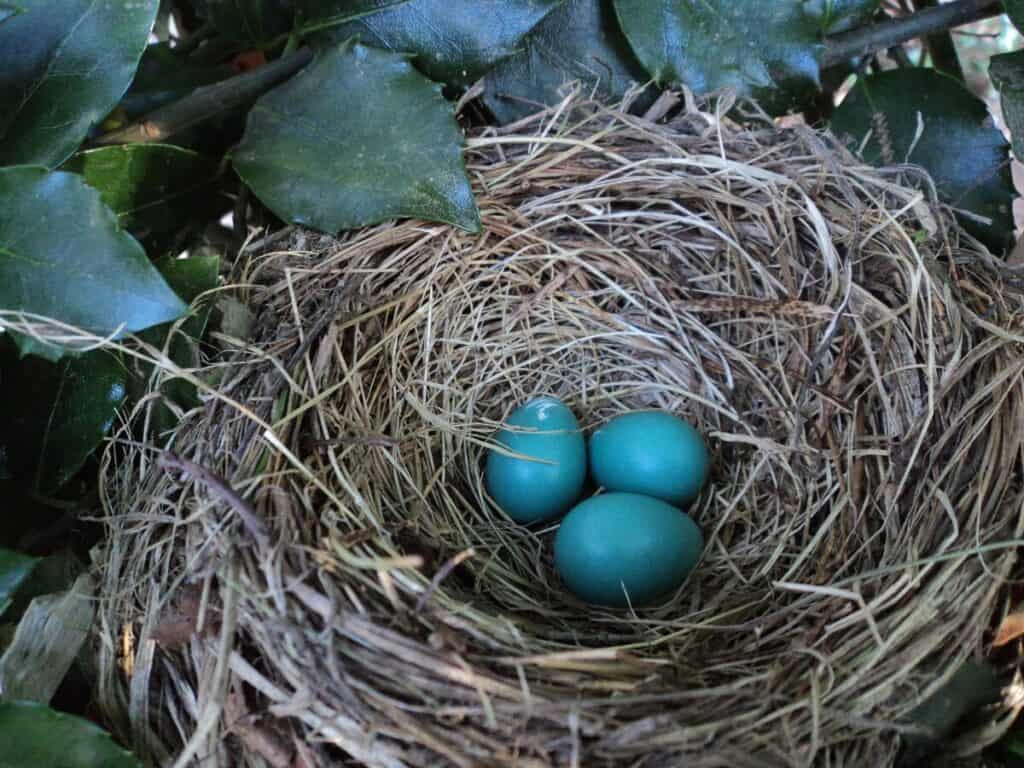
Birds also think of the path ahead of them, like how couples plan out to live together after marriage!
If there are no resources for the availability of nesting sites for birds, then they will delay mating until they find more.
For example, cavity-nesting birds are birds that typically build their nests in cavities such as trees with hollow entrances or birdhouses set up by backyard birders and other people.
Examples of such birds are typically woodpeckers and sparrows.
If these birds find it difficult to locate a cavity, then it would delay their reproduction ritual.
For other nesting birds, resources such as twigs, branches, and other materials needed for building a nest must be available before they would start to get serious with a potential mate.
However, this is not always the case as there are caveats in some species like the baya weaver bird, where males will weave a house made of lalang for a potential female to come and inspect.
If the female doesn’t like the nest, she tends to destroy it completely. Poor male baya weavers!
3. Breeding Systems
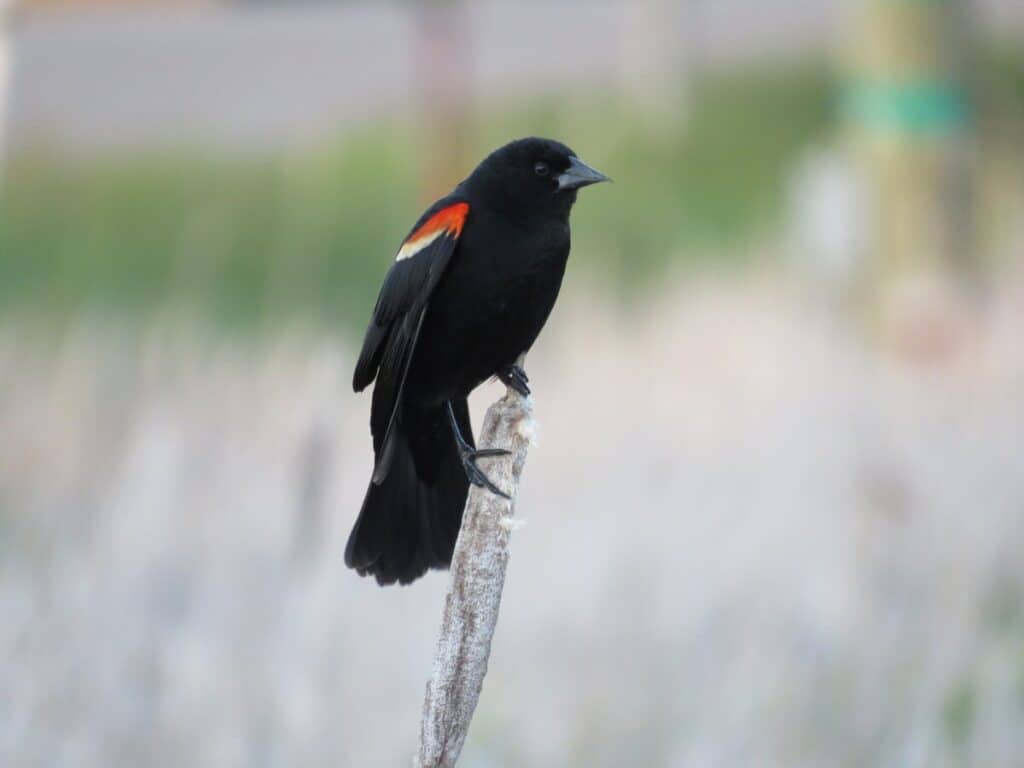
Initially, I ignored this section about breeding systems as I thought that it was all boring and didn’t concern me as a birder that much.
But with more research done on this topic, I realized that understanding the different breeding systems of birds will better help us understand their mating rituals later on!
Bear with me on all the technical terms, as I promise to make it easy for you to understand!
There are two types of breeding systems that birds are a part of:
(a) Monogamy

Monogamy is a breeding system where one male and one female bird share the parental care of their young.
This type of breeding system takes up the majority of the bird species in the world.
To help you remember this, think of penguins and one male and one female take care of their young with so much dedication! Examples of birds with monogamy include swans and penguins.
(b) Polygamy
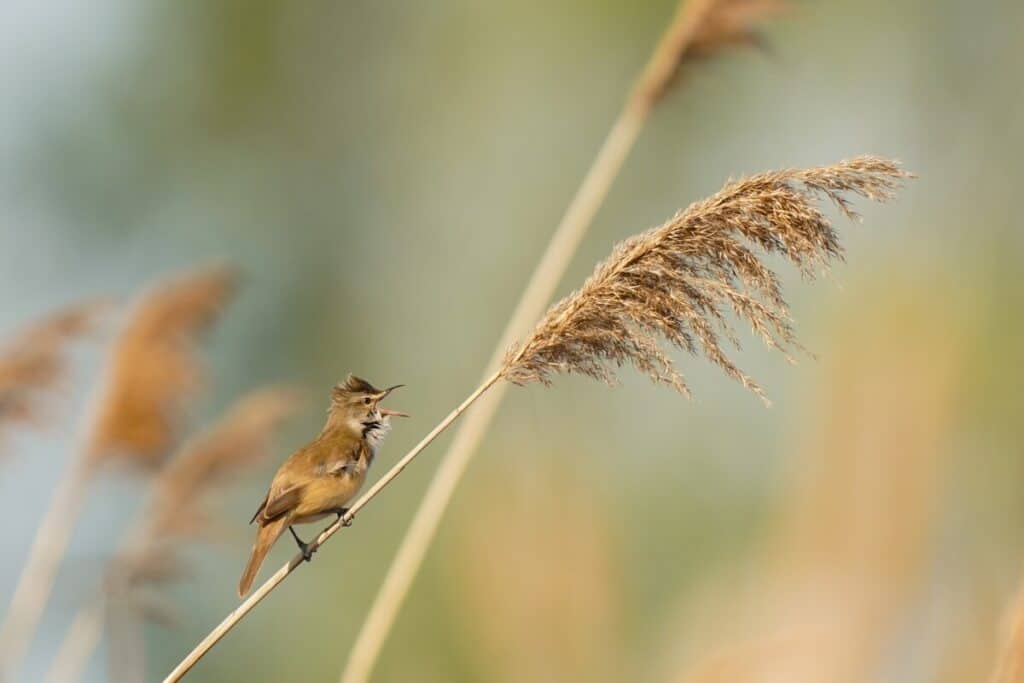
Polygamy is a breeding system where any sex can have multiple mates with birds of the opposite sex. (i.e. one male to many females and vice versa).
This actually only takes up to 3% of the birds worldwide.
Polygamy can be thought of and remembered as how kings in the past can have many wives! Polygamy can be further split into 2 categories:
- Polygyny: 1 male to multiple females (2% of all birds). Examples of such birds include the Red-Winged Blackbird and the Great Reed Warbler.
- Polyandry: 1 female to multiple males (<1% of all birds). Examples include the Northern Jacana and the Dunnock
4. Bird Reproductive Systems

Now that we’ve covered all the basics let’s delve into the areas that not many know about. You could also call these the ‘private parts’!
Now, I’m going to share with you more about what I found online about bird reproductive organs and condense it into a digestible way for you!
Now, I know that all of these body parts can seem a little daunting for anyone of you who hasn’t learned biology before.
So I’ll give you a little rundown on all the important parts of the male and female bird reproductive systems, respectively.
Female Reproductive System
Let’s begin in the left ovary (top right of the female reproductive system diagram).
- Left Ovary: A tissue that produces follicles. Female birds only have a single ovary, whereas female humans have two. Tiny tissue bags called follicles start growing in the ovaries, releasing their yolk into the oviduct.
- Oviduct: A sack that the yolk will travel down to become an egg oviduct. If a male bird comes along and inserts his sperm into the female reproductive tract, the yolk will be fertilized here. Regardless of fertilization, the egg will slowly form its shell with various proteins along the oviduct.
- Uterus: The passageway in which the egg will pass along to reach the cloaca
- Cloaca: The opening which birds use for defecation (taking a dump), reproductive (sexual intercourse), and urinary tracts (passing urine). The egg will come out from this opening too.
Here, I found a nice video with 3D modeling of the female reproductive tract of a chicken. It’s easier to visualize!
Male Reproductive System
The male reproductive system is actually pretty similar to the human male reproductive system. It consists of the following organs:
- Testes: The 2 testes are two small oval-shaped organs that produce sperms in a process called spermatogenesis. Testis is singular, testes is plural.
- Vas deferens/Coiled duct: Transfers the sperm from the testes to the cloaca
- Seminal vesicles: Bag that stores sperms
- Cloaca: The opening in which birds use for defecation (taking a dump), reproductive (sexual intercourse), and urinary tracts (passing urine). Engages with female cloaca in a ‘cloacal kiss’
The reproductive organ that both males and females share is the cloaca. Here’s a video on it if you’d like more information on it:
5. Courtship Displays
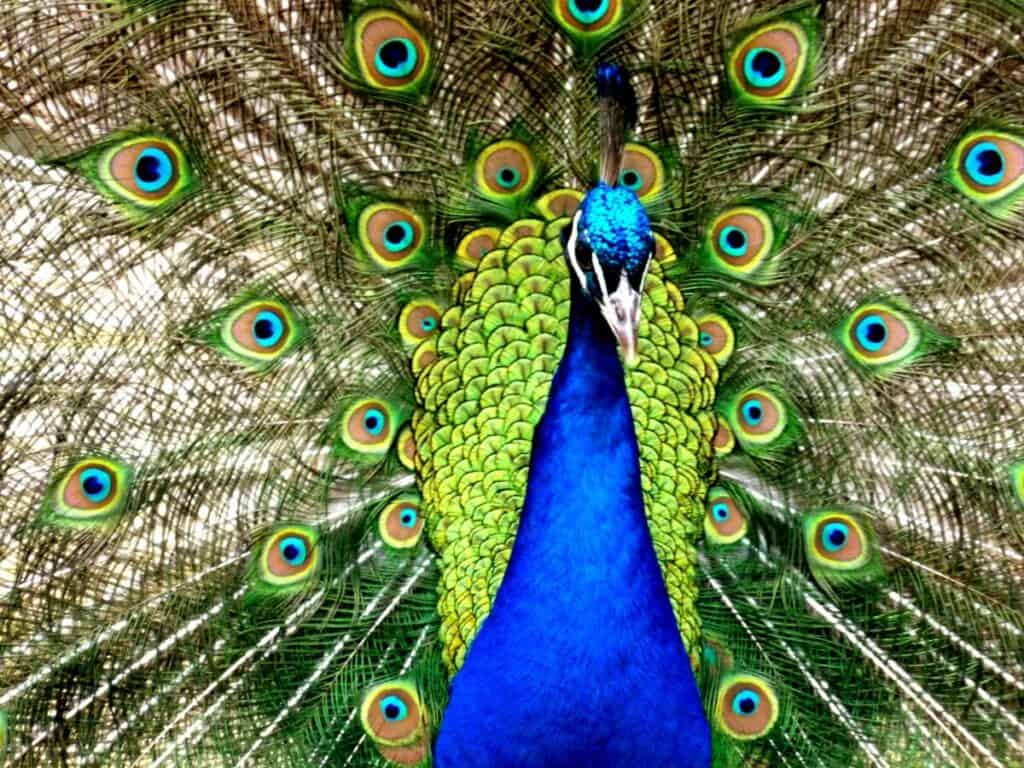
Now we know what body parts and when birds start their reproductive cycles, it’s time to get into the interesting part: the courtship displays!
Birds perform all kinds of courtship displays: from beautiful bird songs to cool dance moves and nests, just to attract a potential mate.
I believe that there are no other animals that make such obvious courtship displays like birds!
For the most part, birds involved in courtship displays and fanciful performances have very different looks between males and females.
The difference between looks and sounds males and females can make is sexual dimorphism.
This makes some male birds look so much more attractive and colorful than their more drab-looking female counterparts.
Attractive Performances
When it comes to putting on a show, most birders like myself will think of the birds-of-paradise; they are members of the Paradisaeidae family of the order Passeriformes.
These birds are ONLY found in Papua New Guinea and Eastern Australia in an untouched tropical forest.
I have found a really nice video on the six-plumed birds of paradise.
These birds are extremely immaculate birds, and I would dare say far neater than some people can ever be.
Male six-plumed birds of paradise will undergo a very interesting cleaning routine:
- Firstly, he goes the extra mile to clean and ensure the forest floor of his ‘stage’ will be free from debris or leaves.
- Then he ‘sands’ the exact perch an interested female bird would perch on to ensure it is smooth and clean.
- In doing so, he indirectly demonstrates his fitness and ability to feed himself well (good genes!), desirable traits that may attract a potential female.
- The best part is this: his dance! He sways side to side, flashing the iridescent colors of his neck, and bobbles all six plumes to seduce his mate.
Here’s a video of the cute dance from Birds of Paradise:
Even if the female birds aren’t impressed at this point, I am!
I mean, look at this preparation work and thought that went into it!
If the female bird decides his performance is up to standard, he will have a chance to mate with her.
But how do birds mate – exactly?
Here are some videos of a peacock/peahen, pigeons performing mating rituals, and a cloacal kiss.
Ducks Mate Differently From Other Species of Birds
Mating on land already has a very low success rate due to the inefficient transient contact of a cloacal kiss.
Unlike land bird species, ducks have found it much more difficult to mate because they are constantly on the waters.
To have a higher fertilization rate, male ducks have adapted to develop penises!
This is a rarity as 97% of ducks don’t even have a penis!
Every year, male ducks develop a completely brand new penis when daylight changes signal the onset of the breeding season.
That’s when their genitals start to grow in size.
However, when breeding season is over, they shrink back again. What’s even more peculiar is the shape of their penises!
How do birds mate – specifically ducks?
Video Demonstration of Duck Sexual Reproduction
Why? Why the excessive penis structure?
Genital Morphologist Patricia Brennan has discovered in her duck genitalia studies that female ducks have long corkscrew vaginas that spiral in the opposite direction of the male duck penis.
Here’s what that looks like:

Female mallards have twisted vaginas that make intromission by unwanted males difficult. The male penis spirals in a counterclockwise direction while the female spirals in a clockwise direction.
Patricia Brennan
Despite most male birds’ attempts to control and force copulation success, the female ducks get to keep it!
You go, girls!
Fertilization
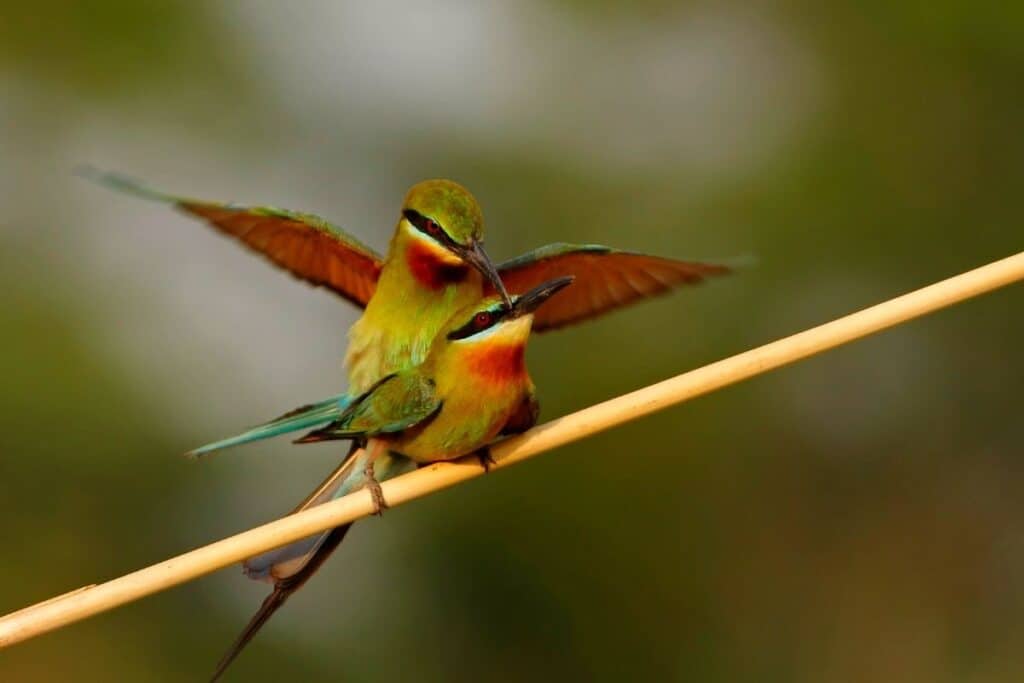
After birds perform the cloacal kiss, the mating process doesn’t end there!
Fertilization then begins.
Both birds assume that the sperm has entered the female’s body once the cloacal kiss happens, and they start to get ready to build a nest/get ready for hatchlings.
Subsequently, the female birds lay eggs that were fertilized by males will hatch.
But what actually goes on behind the scenes in the female’s body?
Here’s what happens: Sperms enter the female’s cloaca and proceed through the uterus to the oviduct. (Refer to the diagram below).

The sperm will meet the yolk that was produced in the ovary in the oviduct and be fertilized there. The sperms will then enter the yolk and begin the formation of a fertilized egg in the oviduct.
Also, if you are looking for a visual aid on the egg-laying process, including how the yolk travels in an avian female reproductive system, then have a look at this video.
One thing, though, is that this video does not include fertilization of the yolk.
Oh, if at this point you want more information regarding bird mating processes, do read my other article on bird mating and reproduction, written in simple, easy-to-understand terms like this post!
In it, I include interesting mating calls, mating rituals, and the entire life cycle of bird reproduction.
It’s full of digestible information and definitely worth reading!
How to Tell Male and Female Birds Apart?
There are several ways to tell male and female birds apart, but the methods vary depending on the species of bird.
Some common methods include:
- Visual differences: Some male and female birds have distinct physical differences, such as different colored plumage or different-sized bodies. This is known as sexual dimorphism.
- Behavioral differences: Male and female birds may have different behaviors, such as different mating displays or vocalizations.
- Anatomical differences: In some species, males and females have differently-shaped or sized body parts, such as a larger or differently shaped bill, or different colored eyes.
- DNA Testing: You can take a blood or feather sample and test the DNA of the bird to determine the sex of the bird.
It’s important to note that not all birds have distinct physical or behavioral differences between males and females, and some species have very subtle differences that are difficult to detect.
It’s also important to note that not all birds have the same characteristics, even in the same bird species.
How Do Birds Act When They Want to Mate?
Birds engage in a variety of behaviors to attract a mate, such as displaying colorful plumage, singing complex songs, or performing elaborate courtship rituals.
Depending on the species, males may also compete with one another for access to females.
Once a pair of birds have formed a bond, they may continue to engage in courtship behaviors to strengthen their pair bond, such as preening each other or performing duets.
This applies to pet birds as well as all other bird species, especially during the birds’ mating season. The reproductive organs of birds also get bigger, in preparation of reproduction.
This is a good indication that your pet bird wants to lay eggs soon.
How do Birds Copulate?
Birds copulate through a behavior called “cloacal kissing,” where the male and female birds face the same direction and press their cloaca (a multi-purpose opening at the base of the tail) together briefly to transfer the male’s sperm.
The male bird balances itself on the back of the male in this process. The bird’s mating process is usually quick, lasting only a few seconds.
Some other species of birds, such as swans, geese, and ducks, engage in a behavior called “rape flights” where the male chases the female and forces copulation.
However, out of all bird species, ducks mate a little differently. These birds reproduce with a penis and a cloaca instead of just two cloaca.
If you have a pet bird, the same will apply to them!
When the male’s sperm fertilizes the eggs, the female will lay eggs within a few weeks.
Can Birds Mate With Other Species?
Yes, in rare cases, birds can and do mate with other species; this is known as hybridization.
This can happen naturally in the wild when two species have overlapping ranges and similar mating behaviors or in captivity when birds are housed together in zoos or aviaries.
Hybridization can produce fertile offspring, but the offspring may have reduced fitness, making them less likely to survive and reproduce.
Hybridization can also lead to genetic dilution in the population, which can negatively affect species preservation.
Final Thoughts
Now that you have learned “how do birds mate”, I hope that it satisfies your weird curiosity!
Birds are indeed weird creatures regarding sex, with their cloacas and corkscrew bird penises! Cool sexual techniques aside, birds are still amazing creatures to learn about because they are everywhere!
So next time you see a pair of birds mating, you know how that works!
Thanks for reading, and happy birding!
My Recommended Birding Resources:
Hey there, Justin here!
Here’s a list of all my favorite resources, products, and brands I trust and love.
My Celestron Nature DX 8×42 Binoculars: It’s a great budget pair for beginner birders. Highly valued for its price! Read my review.
Safe Paint for Bird Baths Guide: Learn about non-toxic paint for painting bird baths.
Safe Sealers for Bird Baths Guide: Learn which sealers are safe for bird baths.
Safe Paint for Bird Feeders Guide: Learn what special care needs to be taken to paint bird feeders with the right paint.
Safe Paint for Birdhouses Guide: Learn about non-toxic paint for painting birdhouses. (Not the same as bird baths!)
Bird Identification Apps Guide: 2 of my favorite birding apps are Merlin Bird ID, and eBird Mobile! Merlin is great for tracking and identifying birds, and eBird Mobile is great for tracking the birds sighted when birding.
Check out my resources page for the full list of resources I recommend!
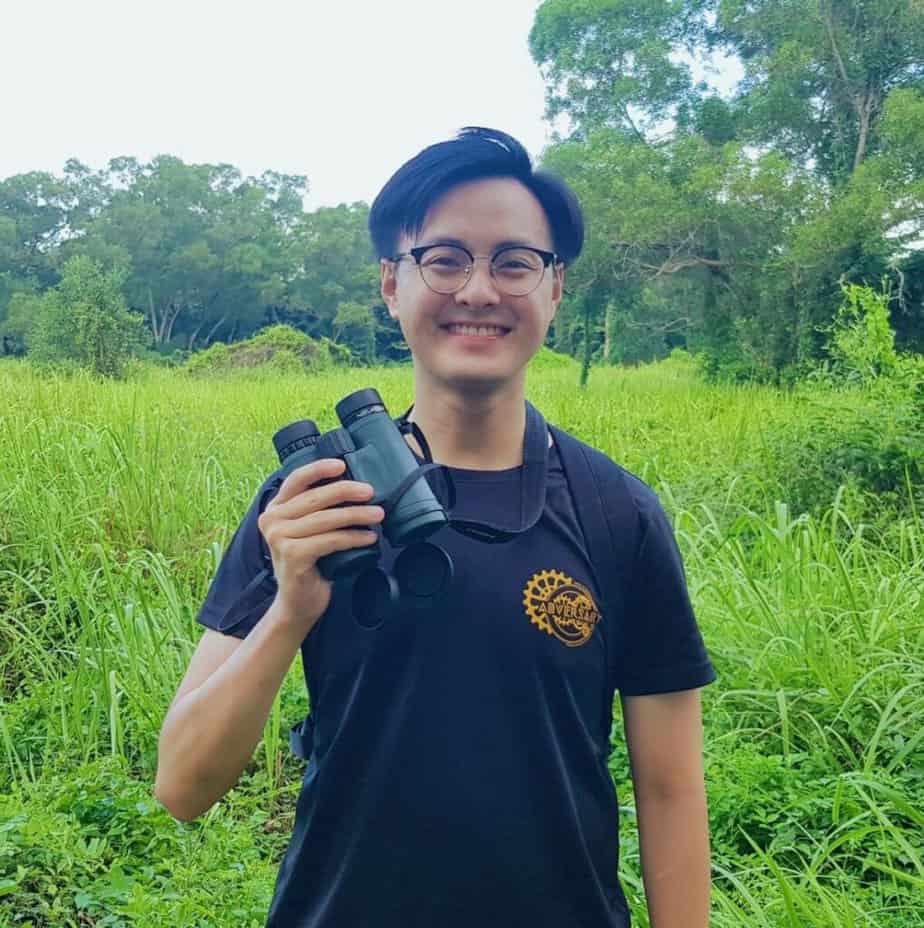
Justin Chia
Justin is the founder and author of Birding Outdoors. He is a Nanyang Technological University (NTU) alumnus with a Bachelor of Biological Sciences and a former data analyst.
Now, Justin runs the Birding Outdoors blog full-time, hoping to share his deep love for birds, birding, and nature with others.
To unwind, Justin enjoys gaming and reading.

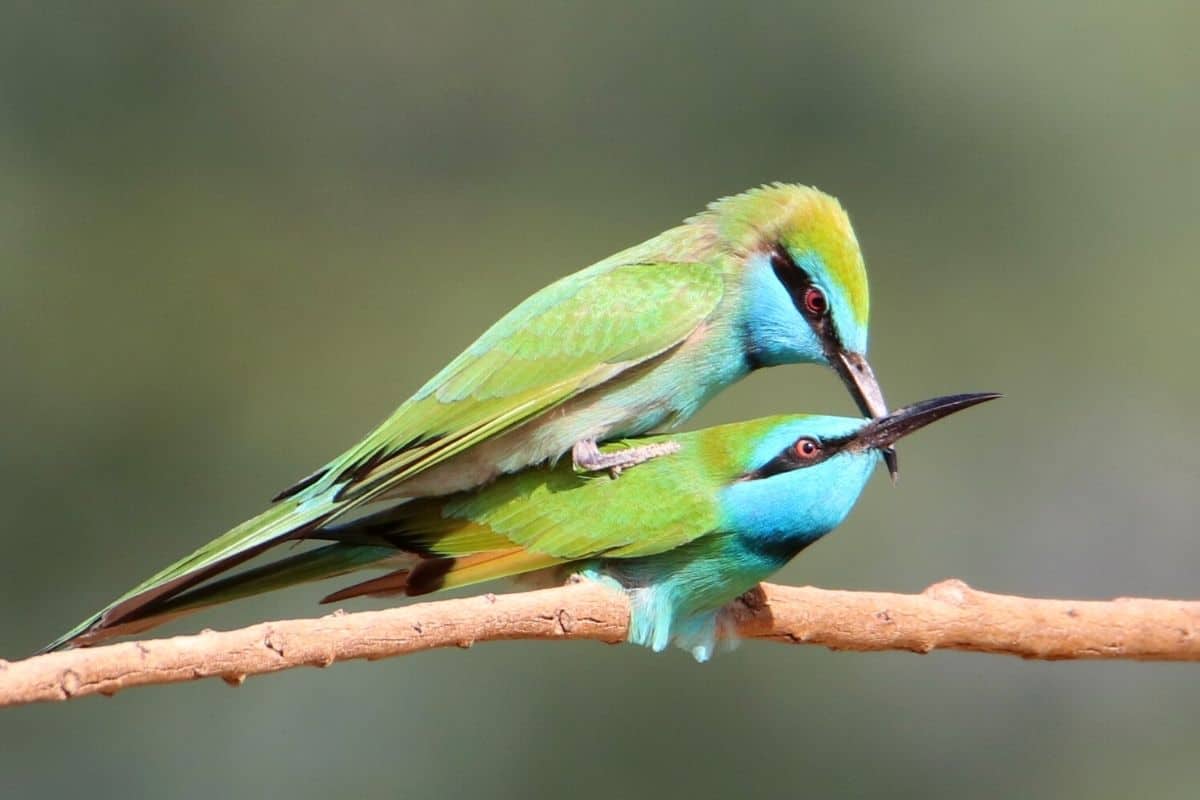
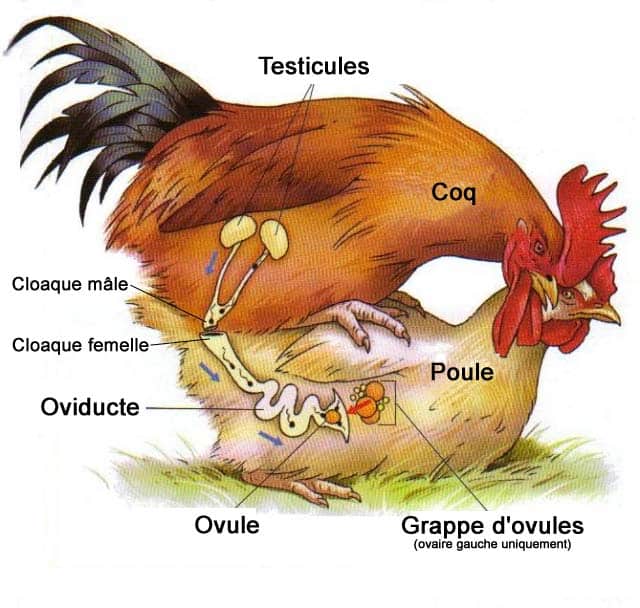

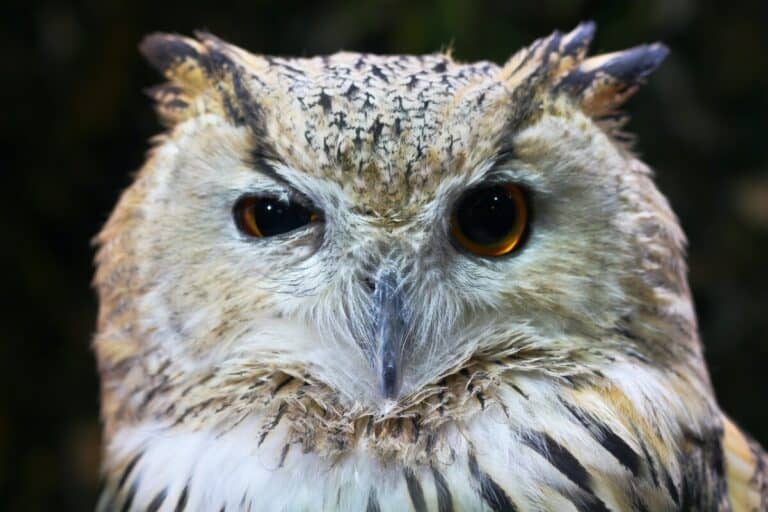


![How Many Bird Feeders Should You Have? [ANSWERED! + FAQs]](https://birdingoutdoors.com/wp-content/uploads/2021/06/feeders-2-768x512.jpg)
